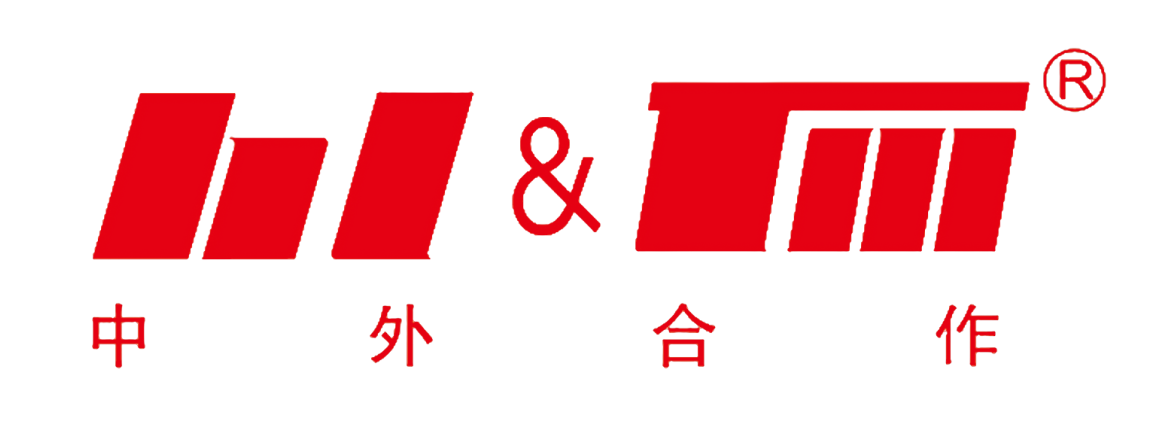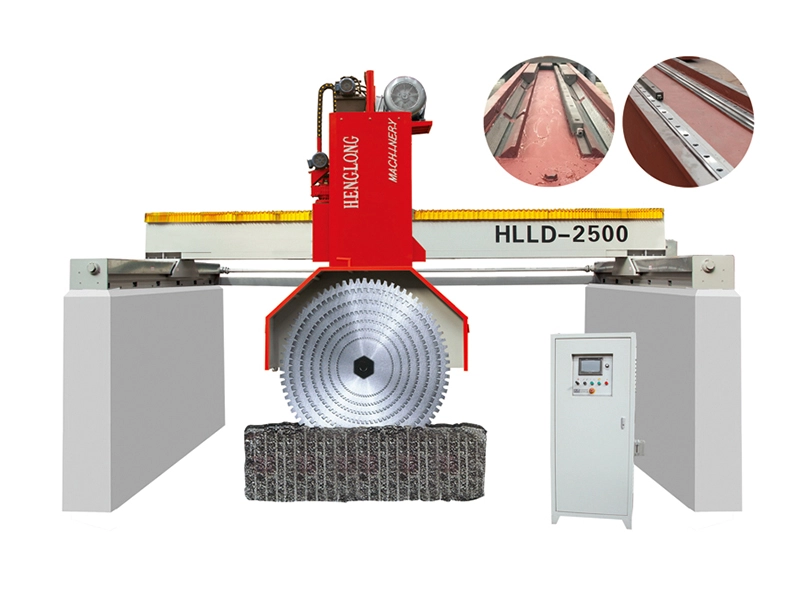From Rough to Refined: The Essential Role of Stone Calibrating Machines in the Art of Stone Finishing
Time:
May 19,2025
From Rough to Refined: The Essential Role of Stone Calibrating Machines in the Art of Stone Finishing
Table of Contents
- Introduction to Stone Calibrating Machines
- Understanding Stone Calibration
- The Importance of Stone Finishing in Construction
- The Technology Behind Stone Calibrating Machines
- Key Benefits of Using Stone Calibrating Machines
- Types of Stone Calibrating Machines
- Best Practices in Stone Finishing
- Maintenance of Stone Calibrating Machines
- Future Trends in Stone Calibration Technology
- Conclusion
- FAQs
Introduction to Stone Calibrating Machines
In the world of **stone processing**, the journey from a rough block of stone to a beautifully polished slab involves several critical steps. Among these, **stone calibrating machines** play a pivotal role. These machines are designed to create a uniform thickness in stone slabs, ensuring they meet the precise specifications required for various applications, from countertops to flooring. In this article, we will delve deep into the functionality, technology, and advantages of stone calibrating machines, ultimately highlighting their crucial role in the stone finishing process.
Understanding Stone Calibration
**Stone calibration** is the process of achieving a uniform thickness across stone slabs, which is essential for both aesthetic and functional purposes. The calibration process involves removing excess material from the surface of the stone, allowing for easier handling and enhancing the finish quality. This step is crucial for ensuring that stone products are fit for installations, as inconsistencies in thickness can lead to problems during fitting and finishing.
The calibration process typically involves machines equipped with diamond tools that grind away the uneven surfaces of stone blocks. By transforming rough stone into calibrated slabs, manufacturers can improve production efficiency, reduce waste, and enhance the overall quality of the final product.
The Importance of Stone Finishing in Construction
**Stone finishing** is not merely a cosmetic enhancement; it is a vital component of the construction and decorative materials industry. The finished appearance of stone influences its marketability and usability. In construction, the quality of the stone surface can affect everything from adhesion during installation to the longevity of the product in various environmental conditions.
Properly finished stone surfaces can withstand weathering, resist stains, and maintain their aesthetics over time. Consequently, the role of stone calibrating machines is indispensable, as they ensure the stone surfaces are not only visually appealing but also functional and durable.
The Technology Behind Stone Calibrating Machines
Modern **stone calibrating machines** utilize advanced technology to achieve high precision and efficiency. Most machines feature multiple heads equipped with diamond abrasives that seamlessly grind the stone slabs to the desired thickness.
**Key technologies** include:
- **CNC (Computer Numerical Control)**: CNC technology allows for precision control over the calibration process, ensuring uniformity and reducing human error.
- **Hydraulic Systems**: Many machines use hydraulic systems to manage the pressure applied during the calibration process, allowing for better control and consistency.
- **Automatic Feed Systems**: These systems reduce manual labor, automatically feeding stone slabs into the machine for calibration.
Overall, these technologies work in tandem to enhance the overall efficiency and effectiveness of the stone calibration process.
Key Benefits of Using Stone Calibrating Machines
Utilizing **stone calibrating machines** offers several advantages that significantly enhance both production processes and product quality. Some key benefits include:
1. Improved Consistency and Quality
By automating the calibration process, manufacturers can achieve a level of consistency that is difficult to replicate manually. This leads to a higher quality product that meets industry standards.
2. Enhanced Efficiency and Productivity
Stone calibrating machines are capable of processing multiple slabs simultaneously, significantly increasing production speed and reducing lead times for customers.
3. Reduction of Material Waste
By accurately calibrating stone slabs, manufacturers minimize material waste, which can result in cost savings and lower environmental impact.
4. Versatility Across Different Stone Types
Modern stone calibrating machines are designed to handle various stone types, including granite, marble, and quartz, making them a versatile addition to any stone processing facility.
5. Streamlined Finishing Process
With calibrated slabs, the finishing process becomes more efficient, allowing for quicker polishing and treatment that further enhances the stone's aesthetic appeal.
Types of Stone Calibrating Machines
There are several types of stone calibrating machines available, each designed to meet specific production needs. Understanding these types can help manufacturers select the right equipment for their operations.
1. Single-Head Calibrating Machines
These machines are typically used for smaller production runs and simpler calibration tasks. They offer flexibility but may require more manual intervention.
2. Multi-Head Calibrating Machines
Equipped with multiple diamond grinding heads, these machines are ideal for high-volume production environments where speed and consistency are paramount.
3. Bridge Calibrating Machines
Bridge machines use a stationary design with a movable grinding head, providing high precision and stability during the calibration process, especially for large slabs.
4. CNC Calibrating Machines
These advanced machines incorporate computer control for precision calibration, allowing for tailored adjustments based on specific requirements.
Best Practices in Stone Finishing
Incorporating best practices in stone finishing can enhance the final product's quality and longevity. Here are several important tips:
1. Proper Maintenance of Machinery
Regular maintenance of calibrating machines is essential to ensure consistent performance. This includes cleaning, lubrication, and timely replacement of worn parts.
2. Selecting the Right Abrasives
Using the appropriate diamond abrasives based on the stone type will ensure effective calibration while preserving the quality of the material.
3. Regular Training for Operators
Training operators on the proper use of machines and calibration processes can significantly reduce errors and improve overall production quality.
4. Quality Control Checks
Implementing regular quality control checks throughout the calibration and finishing processes helps catch inconsistencies early, leading to better final products.
Maintenance of Stone Calibrating Machines
Maintaining stone calibrating machines is crucial for ensuring their longevity and performance. Regular maintenance can prevent unexpected downtimes and extend the lifespan of the equipment.
1. Daily Inspections
Operators should conduct daily inspections to check for signs of wear, damage, and proper functioning of moving parts.
2. Cleaning Procedures
Keeping the machines clean from stone dust and debris is essential to prevent clogging and overheating, which can affect performance.
3. Lubrication
Regular lubrication of mechanical parts will reduce friction and wear, ensuring smooth operation and minimizing maintenance costs.
Future Trends in Stone Calibration Technology
As technology continues to evolve, we can expect significant advancements in stone calibration processes. Some future trends include:
1. Increased Automation
The trend toward automation will likely continue, with machines capable of performing multiple processes simultaneously, minimizing manual intervention.
2. IoT Integration
The integration of **Internet of Things (IoT)** technology will enable real-time monitoring and diagnostics, allowing for proactive maintenance and improved efficiency.
3. Sustainable Processing Techniques
With an increasing focus on sustainability, future machines may feature eco-friendly technologies that minimize waste and energy consumption.
Conclusion
Stone calibrating machines play a fundamental role in transforming rough stone into beautifully finished products, ensuring they meet industry standards for quality and performance. By investing in advanced machines and adopting best practices, manufacturers can enhance their production efficiency, reduce waste, and maintain high product quality. As the technology continues to evolve, the stone calibration process will likely become even more efficient, paving the way for innovative applications in the construction and decorative materials industry.
FAQs
1. What is a stone calibrating machine?
A stone calibrating machine is an industrial device used to create uniform thickness in stone slabs, essential for achieving a high-quality finish.
2. How does the stone calibration process work?
The calibration process typically involves grinding the stone surface with diamond abrasives to remove uneven material and achieve the desired thickness.
3. Why is stone calibration important?
Proper calibration ensures that stone slabs have consistent thickness, enhancing their usability and aesthetic appeal while reducing installation issues.
4. What types of stone can be calibrated?
Stone calibrating machines can handle various types of stones, including granite, marble, and quartz.
5. How can I maintain my stone calibrating machine?
Regular maintenance includes daily inspections, cleaning, lubrication of moving parts, and timely replacement of worn components.
RELATED NEWS








